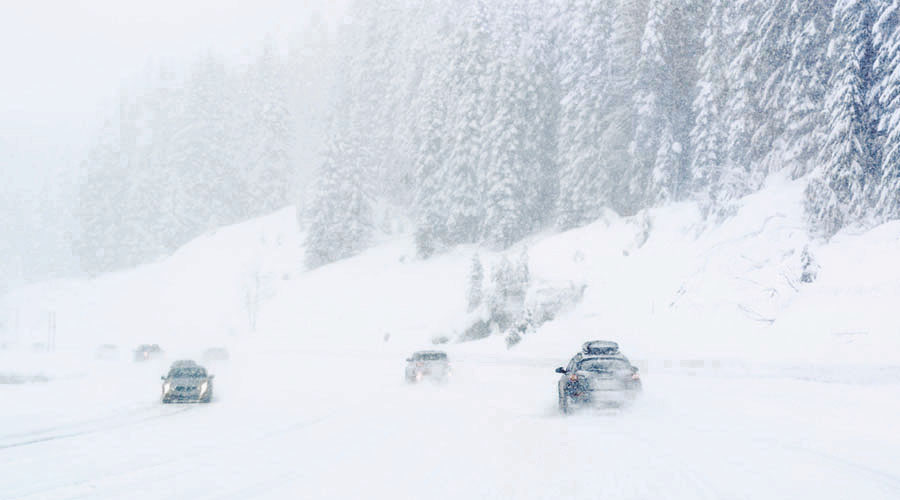
State of Washington encourages to be “2 Weeks Ready”
In December 2019, local and federal officials joined the Washington Emergency Management Division to officially kick off the planning efforts for Cascadia Rising 2022. The exercise, slated for June 2022, builds on the previous exercise of the same name and takes another look at how response and recovery from a Cascadia Subduction Zone earthquake might turn out for Washington residents.
Prior to the 2016 exercise, the state of Washington encouraged residents to prepare ready kits in order to provide food, water, and supplies for up to 72 hours. After the exercise, they changed its messaging to encourage residents to be “2 Weeks Ready” and many agencies, including the Washington National Guard, were able to field test plans to see what worked and what didn’t.


Local, state and federal agencies, tribal nations, private sector and non-governmental organizations across three states – Washington, Oregon and Idaho – will be participating in the four-day Cascadia Rising 2022 Exercise. Other key partners in gthe exercise include the National Guard and the U.S. Department of Defense.
Army Maj. Gen. Bret D. Daugherty, the director of the Washington Military Department and commander of the Washington National Guard, states the exercise’s objective is “to plan, organize, equip, train, exercise for responding to and recovering from a catastrophic incident resulting in extraordinary levels of mass casualties, damage or disruption severely affecting the population, infrastructure, environment, economy, morale and/or government functions.”
The Washington Emergency Management Division, who is the administrator of “2 Weeks Ready,” sums up the program in this manner. “Preparedness is everyone’s job. Preparedness is not just for government agencies, but all sectors of society. Service providers, businesses, civic and volunteer groups, industry associations and neighborhood associations, as well as every individual citizen should plan ahead for disaster. During the first few hours or days following a disaster, essential services may not be available. People must be ready to act on their own for at least two weeks.”
During the first few hours or days following a disaster, essential services may not be available. People must be ready to act on their own for at least two weeks.
– Washington Emergency Management Division
In a YouGov survey published in 2018, forty-one percent of people said they were not prepared for a natural disaster, while a slight majority (51%) said that they were prepared. When it came to being prepared for an emergency, only 39% said they had an emergency kit. Of those who had an emergency kit, the most common items they had in their kit were: a first-aid kit (86%), flashlights or other light sources (83%), food (65%), water (63%), and blankets (62%).
Disasters with long recovery periods require smart preparation. Access to electricity and clean water solutions is critical. LightWaterLife disaster relief kits provide households with consistently reliable electricity and a method for clean drinking water for the duration of any emergency situation. Take control of the unexpected through LightWaterLife sustainable life products.
Sources: Washington Emergency Management Division | YouGov

